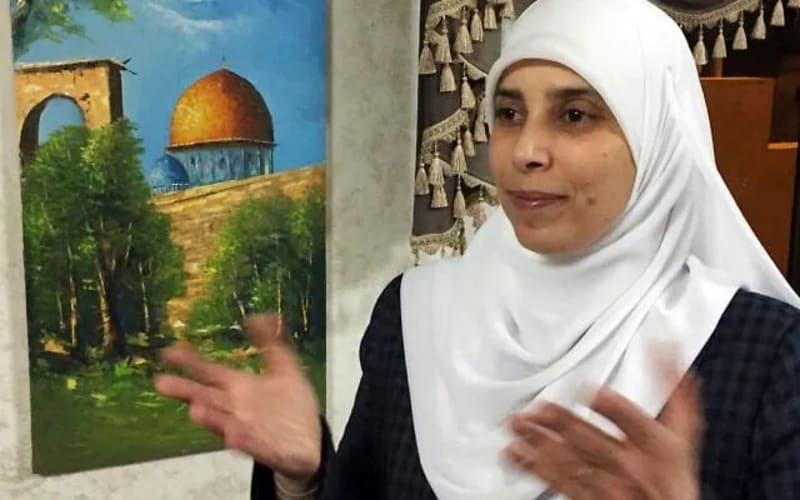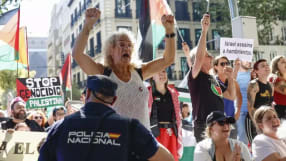Hitos históricos Movimiento Prisioneros Palestinos. Milestones Palestinian Prisioners' Movement ESP ENG

Por la exprisionera Ahlan Tamimi. By liberated prisoner Ahlam Tamimi
ESPAÑOL. RESUMEN
Seguimiento histórico: Hitos de la lucha del Movimiento de Prisioneros Palestinos. Por la exprisionera Ahlan Tamimi
Actualización 29 abril 2025 Ahlan Tamimi en riesgo de extradición a Estados Unidos (desde Jordania)

The only "democracy" in Western Asia, againts press freedom. La única "democracia" en Asia Occidental, en contra de la libertad de prensa. ENG ESP
Closure of Army Radio after 75 years. Cierre de la Radio del Ejército, tras 75 años
Publicado hace 4 días.
Palestine Action. Huelga de hambre. Hunger strike ESP ENG
La huelga de hambre no puede quedar aislada. The hunger strike cannot be isolated.
Publicado hace 5 días.
Palestine. Celebrating Hanukkah atop the ruins. Janucá sobre ruinas. ENG ESP
The Israeli state has weaponized and defiled Jewish traditions. El Estado de Israel ha utilizado y profanado las tradiciones judías
Publicado hace 9 días.
Gaza como cementerio. Gaza as graveyard ESP ENG
Gaza, cementerio de la Humanidad. Gaza, graveyard of the Humanity
Publicado hace 10 días.
España-Israel, una colisión tan indeseada como inevitable (Real Instituto Elcano)
Las tibias medidas contra Israel desatan la furia contra España
Publicado hace 13 días.
Boycott Teva for beginners. Boicot Teva para principiantes. ENG ESP
How to Boycott Teva Medicines: A Guide to “Direct Action”. Como hacer boicot a Teva: una guía de "acción directa"
Publicado el 10 de diciembre.
Zionism is corrupting Israel (Elbit, weapons and more). El sionismo corrompe Israel (Elbit, armas, y más) ENGL ESP
Zionism is corrupting Israel: its prime minister and its companies (Elbit weapons, Teva pharmaceuticals, for example), etc. El sionismo pudre Israel: su primer ministro y sus empresas (Elbit de armamento, Teva de medicamentos, por ejemplo), etc
Publicado el 10 de diciembre.
Israel’s Latest Military Tech. Sell. La última tecnología militar de Israel. Venta
Tested in Gaza, Wanted by the West. Probada en Gaza, buscada por Occidente
Publicado el 6 de diciembre.Ver más / See more


